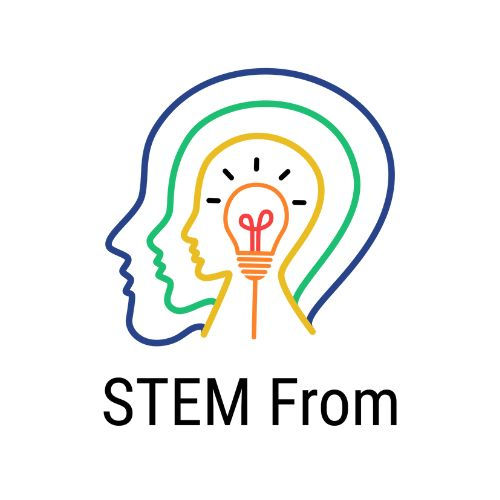In total, there have been eight parent-child pairs that have each been awarded Nobel prizes. Is it the ultimate form of flattery? Is it pure luck? Is it pure genius? Who knows, but this post is dedicated to the father of the very first pair: JJ Thomson.

Sir Joseph John (JJ) Thomson
was awarded the 1906 Nobel Prize in physics for his work on electrical conductivity of gases. If you have ever taken General Chemistry in college or AP Chemistry, you have heard of JJ Thomson and his cathode ray experiment which is the founding experiment of electrons. In the experiment, by applying a high electric voltage to a partially evacuated tube he could observe a ray (stream of particles) exiting the cathode travelling to the anode. This experiment proved that negatively charged particle move around a set of positive charge.

Cathode Ray Tube Experiment
This movement was not determined by the make of the electrodes or the gas that was present in the CRT (the gas used was primarily Hydrogen because it was the lightest).
The CRT was not discovered by Thomson, he was just the one to utilize it and validate his hypothesis that the current (at the time) theory of the atom was incorrect in that they had aspects of positive charge (protons in the nucleus) and negative charge (electrons surrounding the nucleus).
Not only was Thomson a prolific physicist, he was also an author of various books after securing his Nobel prize. His last one was published in 1923, glorious titled "The Electron in Chemistry." Of course, he also published an autobiography in 1936 appropriately titled: "Recollections and Reflections." Only a year later Thomson was able to see his son Sir George Paget Thomson receive his Nobel prize in 1937 in Physics.
To learn more about JJ Thomson and his experiments I found this site very helpful in elucidating his life but also this site in explaining the intricacies of CRT and why it was seminal to his field.
Do you like learning about experiments like this?
Yes
No
Unsure




Comentarios